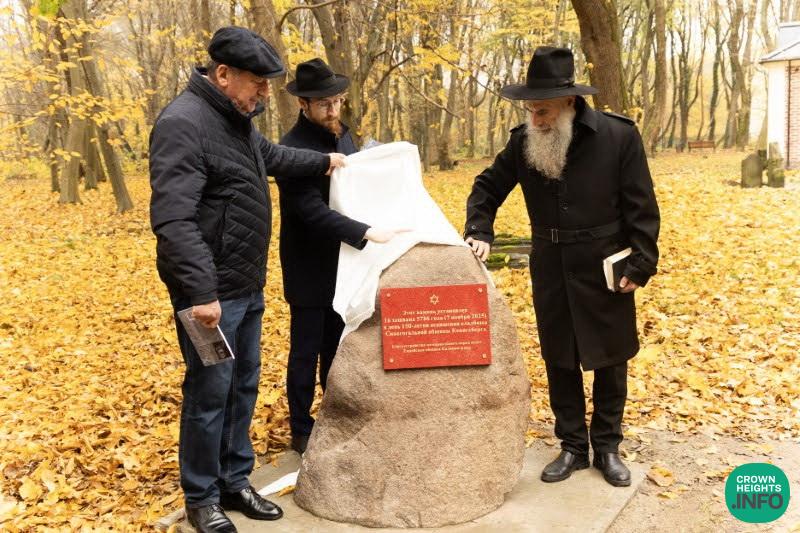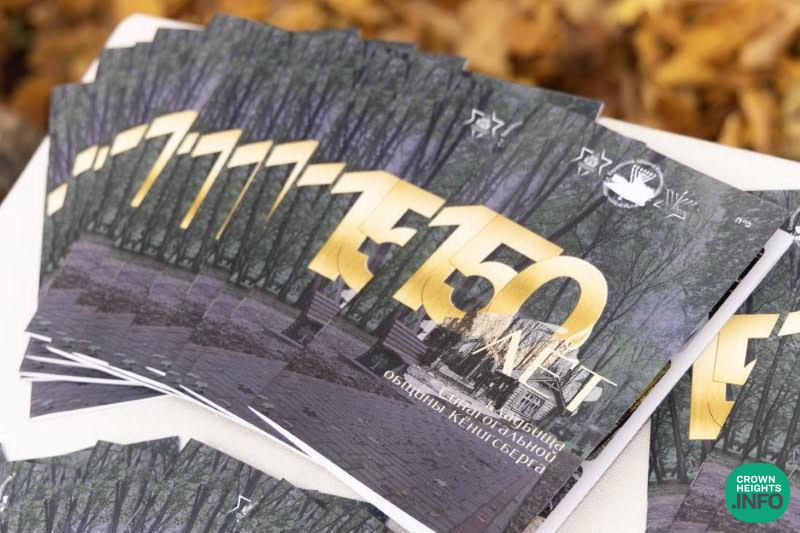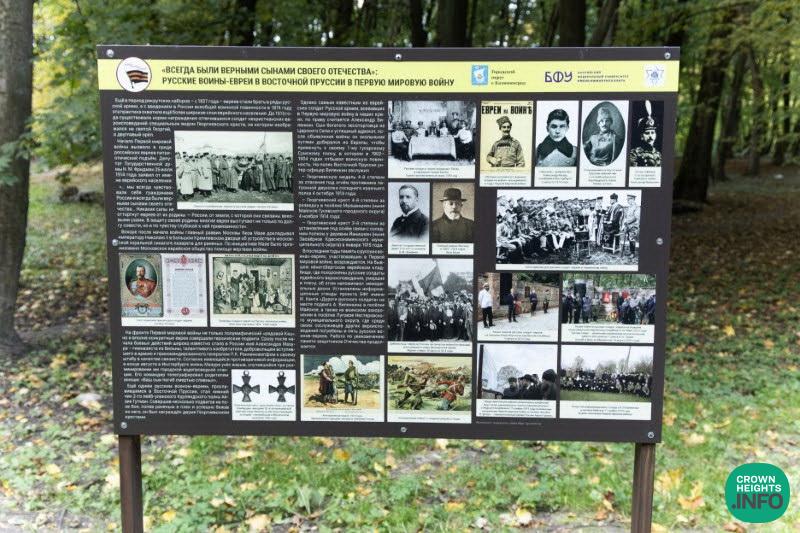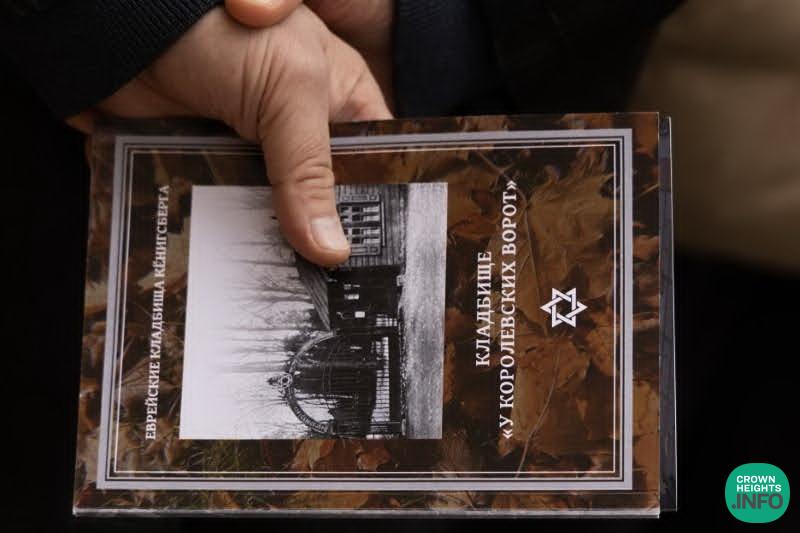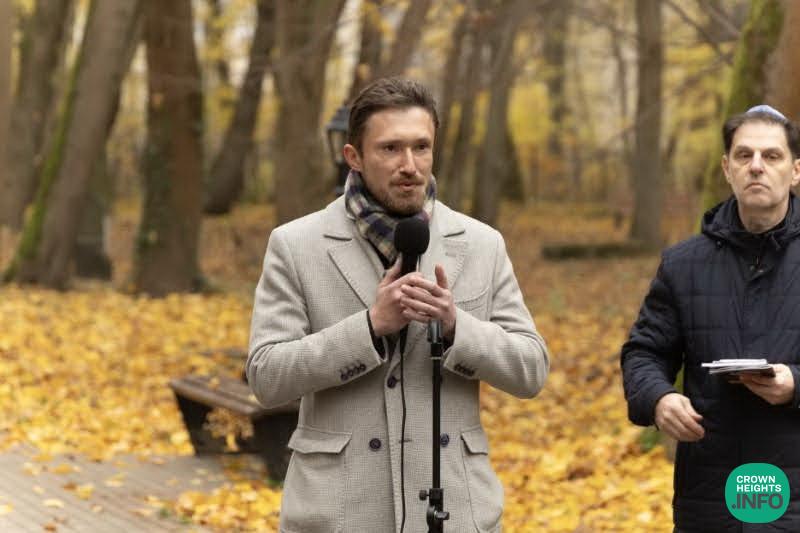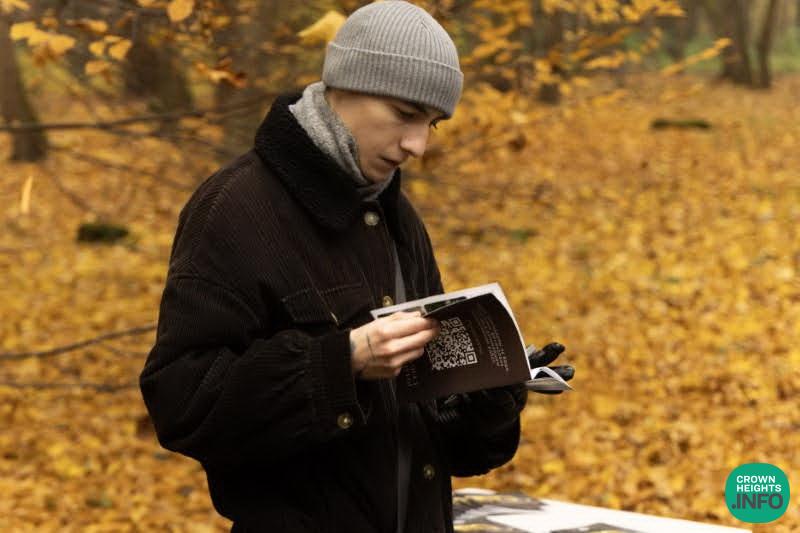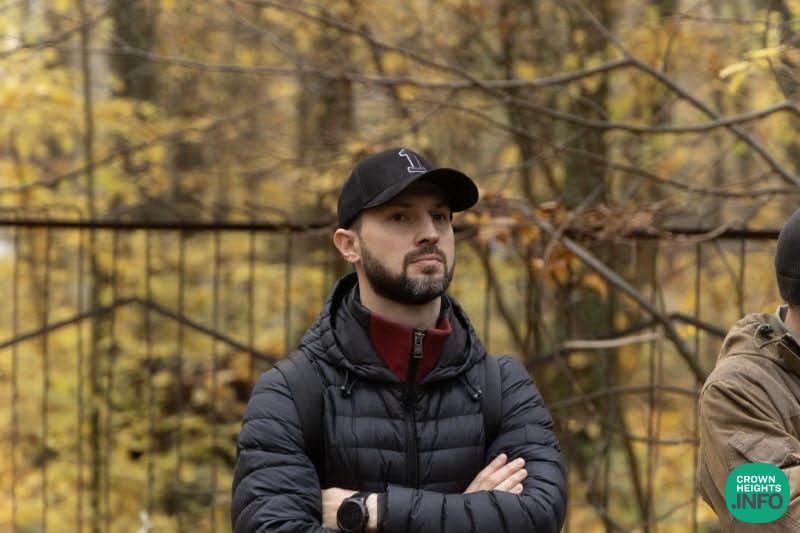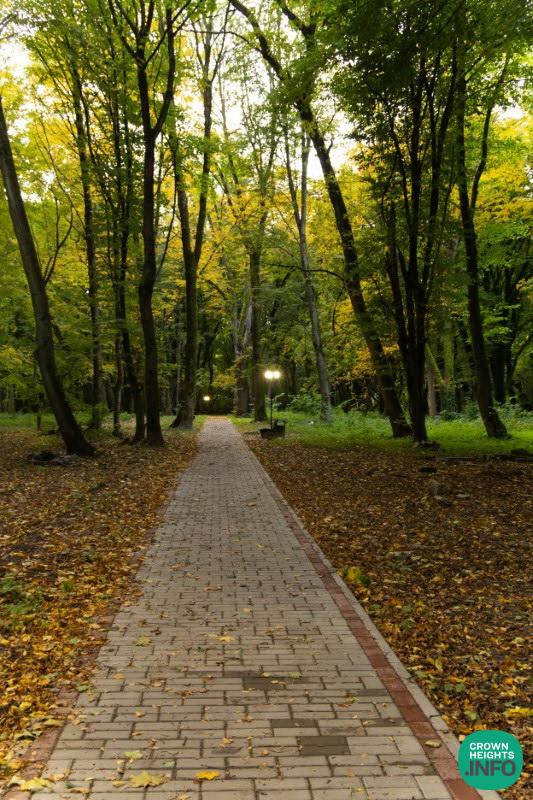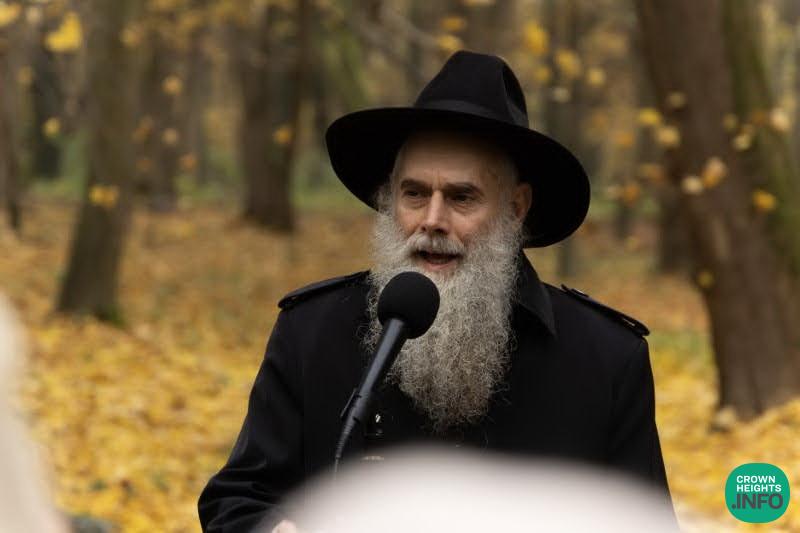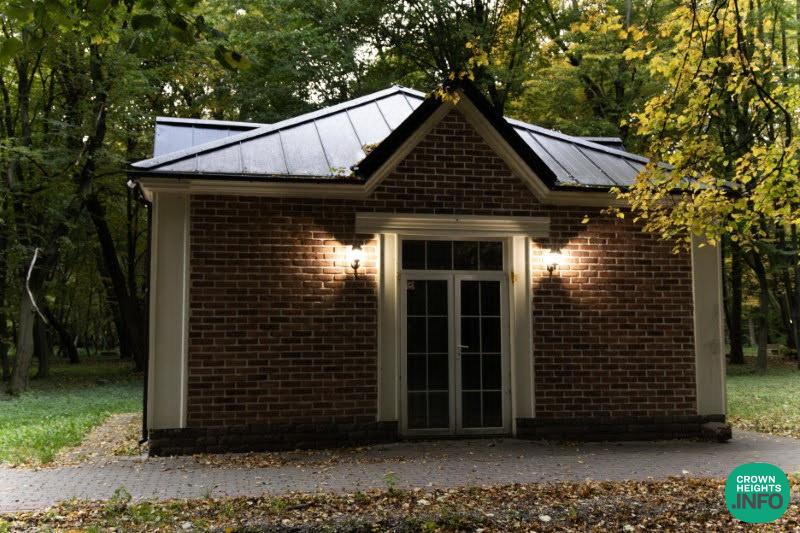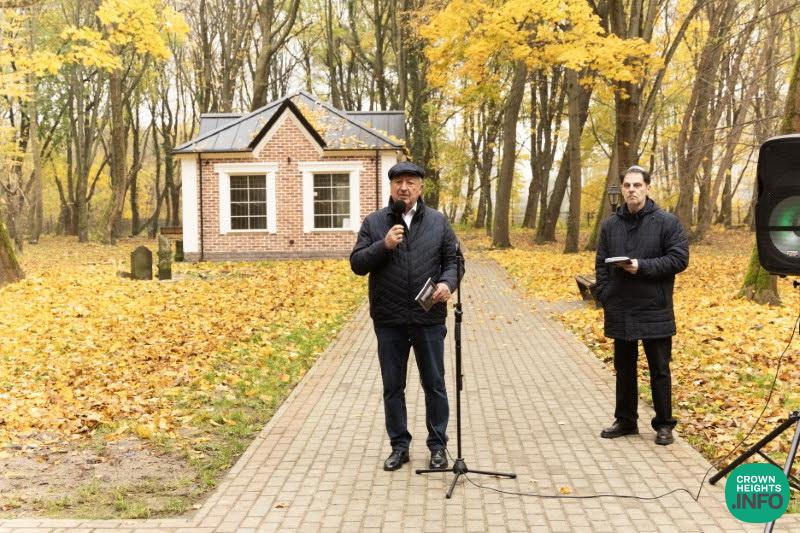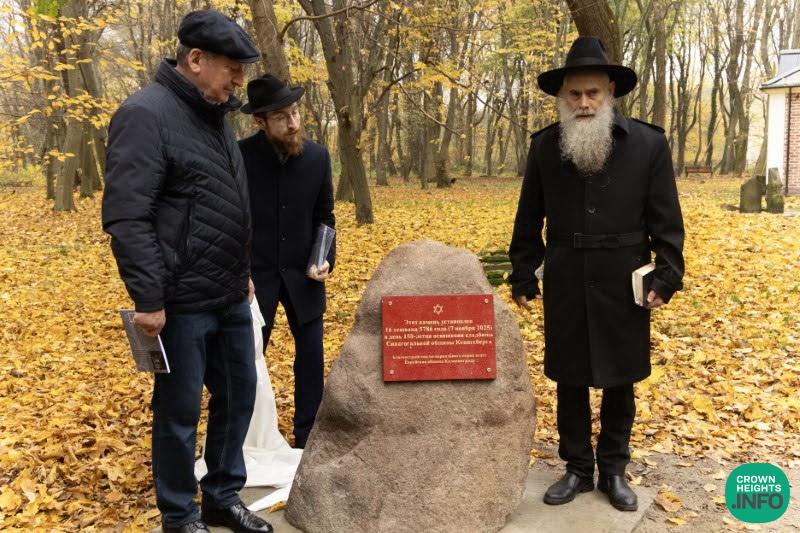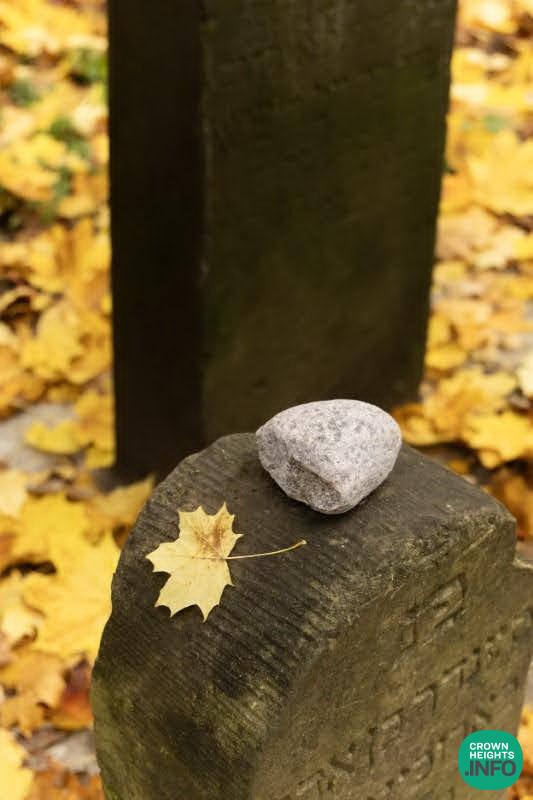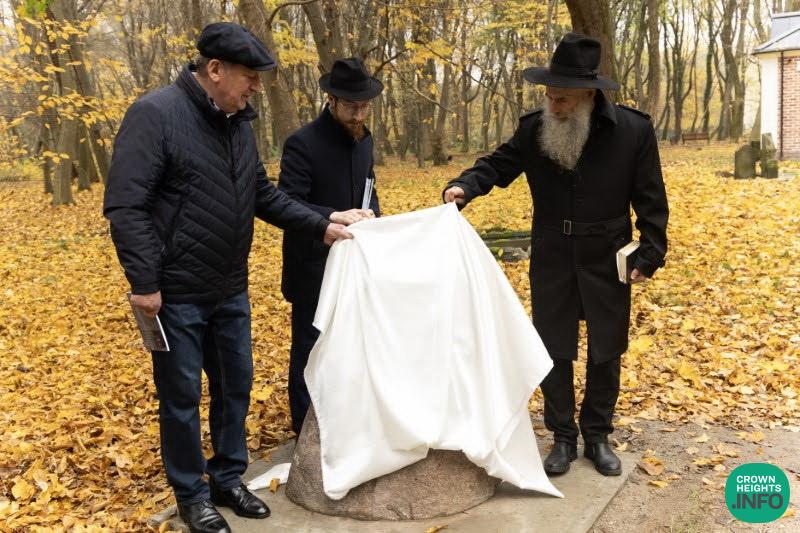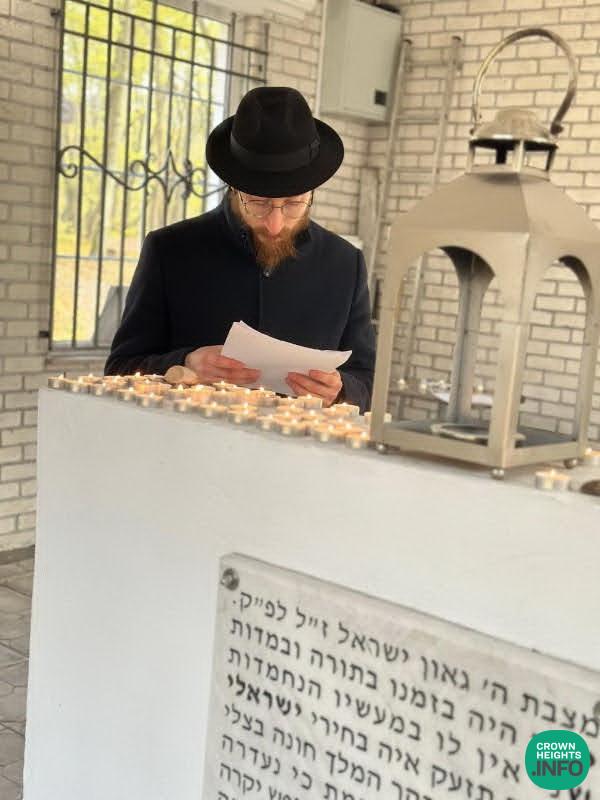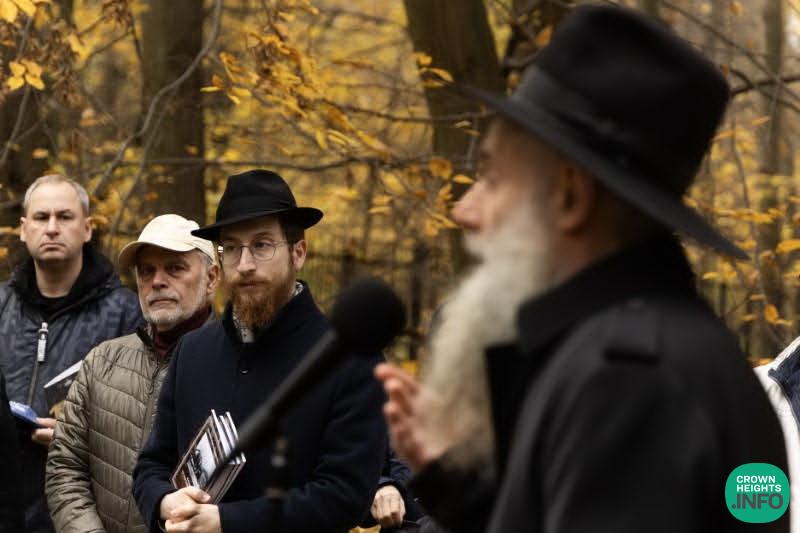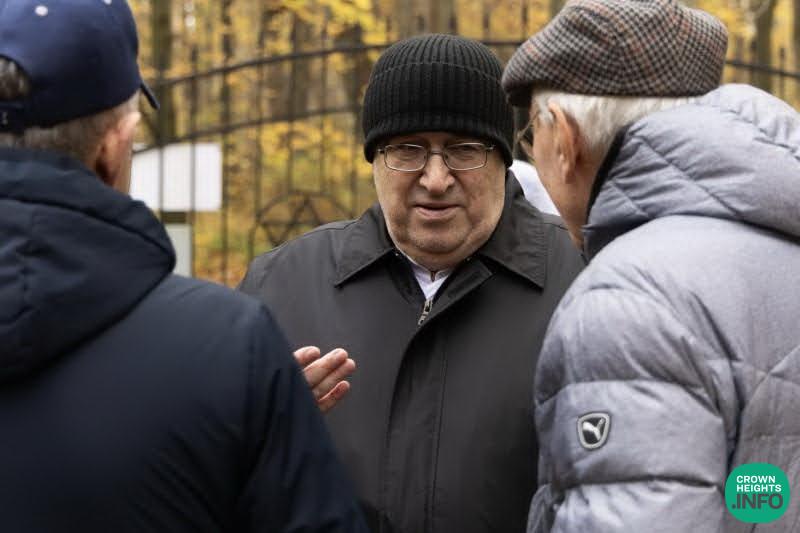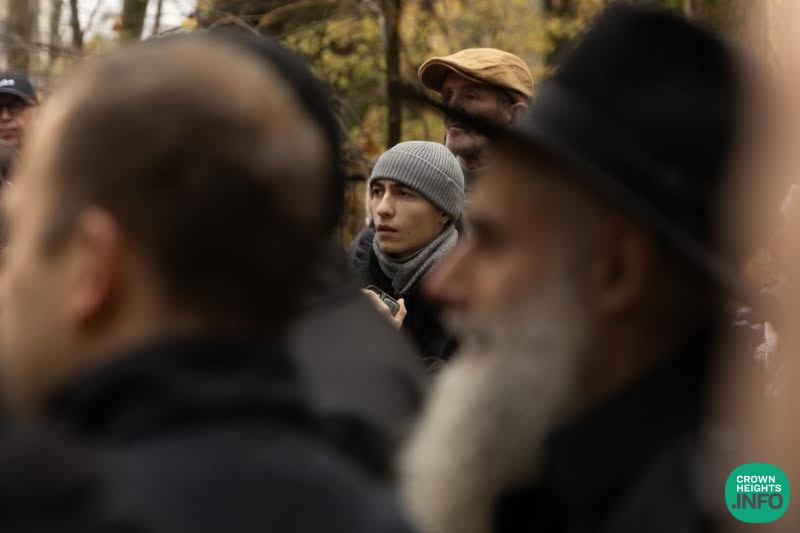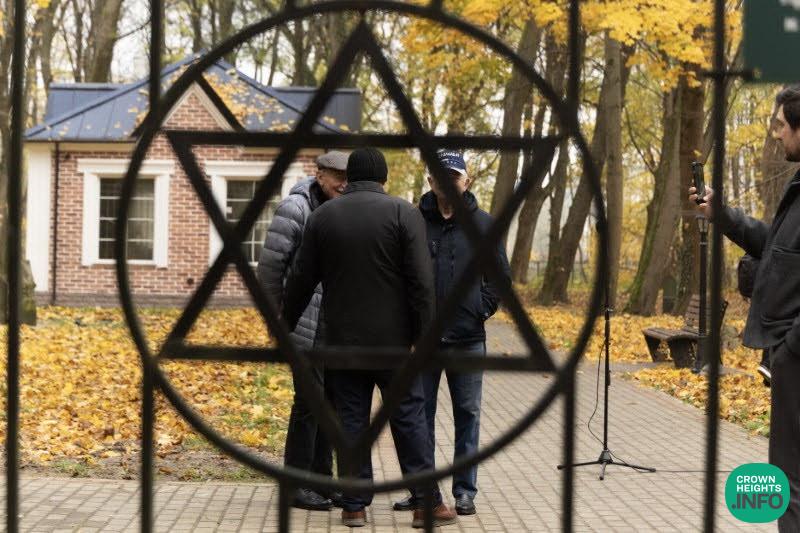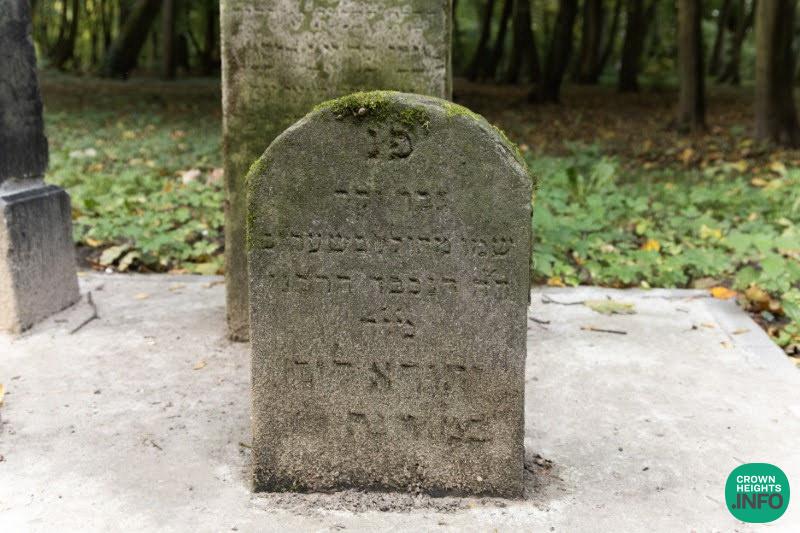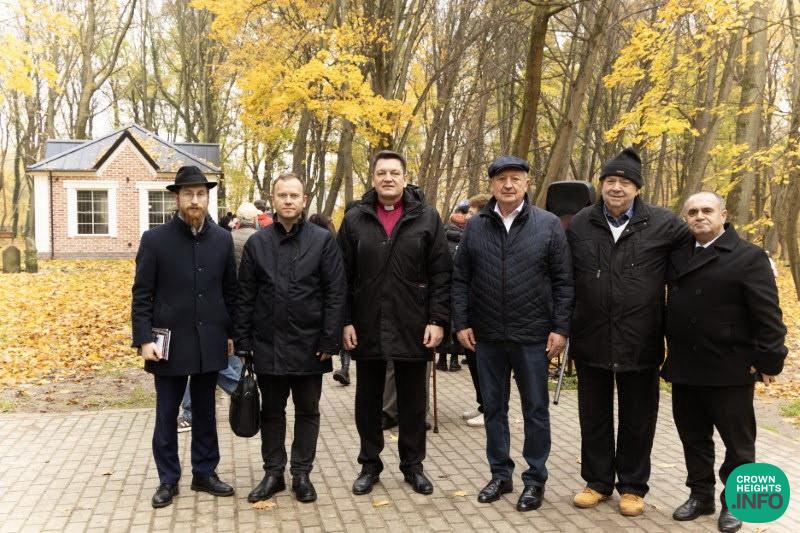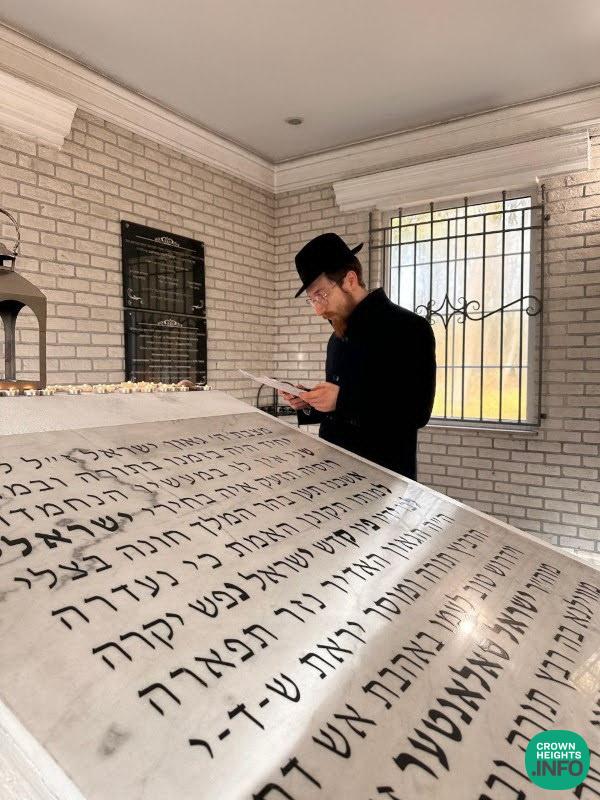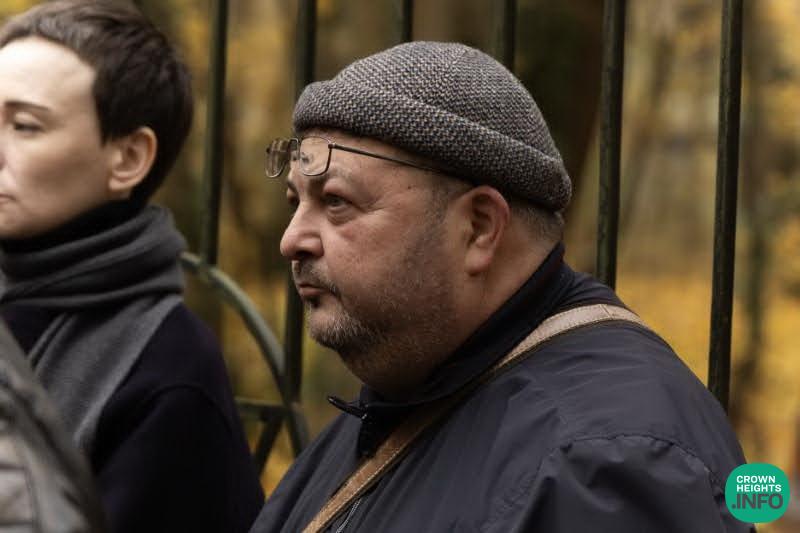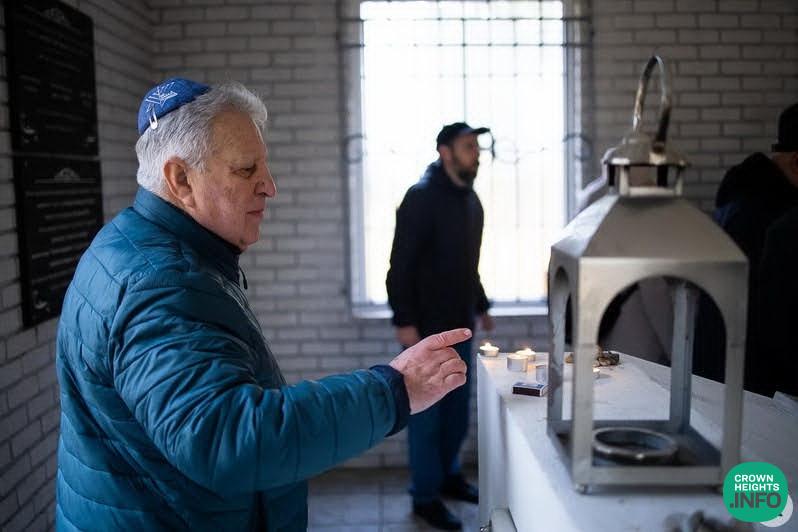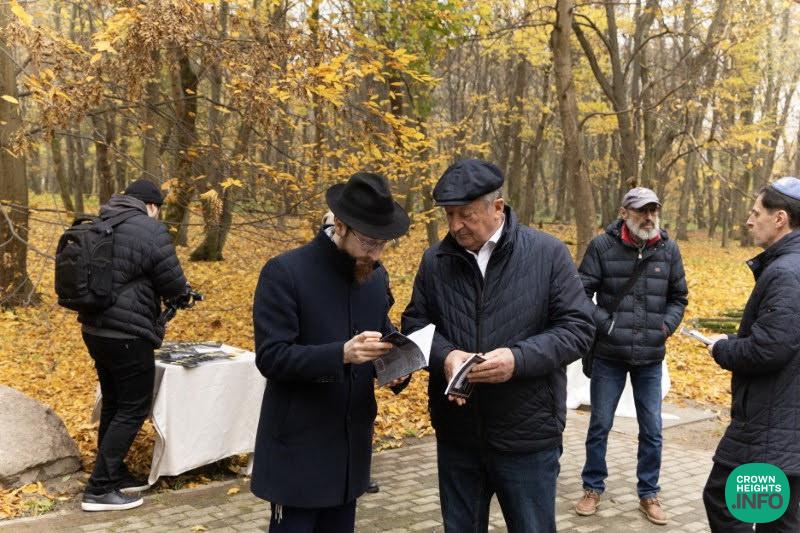
Jewish Community in Kaliningrad Marks 150th Anniversary of the City’s Historic Cemetery
On Friday, the eve of Shabbat, 16th of MarCheshvan, the Jewish community of Kaliningrad celebrated the 150th anniversary of its old cemetery. The cemetery serves the Jewish community of the city on the Baltic coast-an exclave of Russia between Poland and Lithuania-known by its former German name Königsberg until exactly eighty years ago, when it was renamed Kaliningrad after being taken by Soviet forces at the end of World War II. Since then it has remained under Russian sovereignty despite having no land connection to the rest of Russia; access is by air or by train through neighboring countries.
In a moving ceremony attended by many who had followed the months-long restoration project, community members gathered out of reverence at the cemetery located in the heart of the city. They were welcomed by Rabbi Avraham Baruch Deitsch, the Chabad emissary to Kaliningrad. Since his arrival several years ago, there has been a marked improvement in the site’s maintenance, most notably the construction of a canopy over the grave of the founder of the Musar movement, the gaon Rabbi Yisrael Salanter, of blessed memory. The canopy and all restoration work were carried out under strict halachic supervision.
The Jewish community that once flourished in Königsberg was regarded as one of the most magnificent and influential communities in eastern Prussia of its day. The synagogue built in the city center was famed as one of the most impressive in Germany until it was destroyed on Kristallnacht-87 years ago this week-by the Nazis.
In 1785 the community purchased a new plot outside the city for a cemetery after the older burial ground had filled. During World War II and the postwar years much of the site was destroyed. Only now, after sustained effort and with the support of local Jews and various organizations, has the local emissary together with community members managed to save, preserve, and care for the grounds-repairing and installing new illuminated paths, all done out of respect for those at rest there.
With the participation of the city’s rabbi, Rabbi David Shvedik, community head Mr. Plitman, government representatives who supported the work throughout, and other public figures, a memorial stone was unveiled to mark the occasion.
A special letter of blessing was sent that day by the Chief Rabbi of Russia, Rabbi Berel Lazar, who has long watched over developments in Kaliningrad and the greater region and who has visited several times. The letter was read aloud to attendees and the press covering the event.
In his remarks Rabbi Lazar wrote: “You have gathered today for an occasion of great significance. The historic Jewish cemetery of Königsberg marks 150 years since its founding, and to commemorate this day a rehabilitation and renewal project of the cemetery’s main lane has been completed, including the restoration of the honored resting place of the tzadik-founder of the Musar movement-Rabbi Yisrael Salanter, of blessed memory. Today you place a memorial stone, and by doing so your important community-under the leadership of Rabbi David Shvedik and the community emissary Rabbi Avraham Deitsch-fulfills a sacred duty to our ancestors from generations past. Truly, this is not merely a memorial stone for the past, but above all an expression of life and continuity for the entire Jewish people.
“The Jewish people place supreme value on cemeteries, the resting places of those who walked the ways of the world. Moreover, we show special respect for the deceased. According to Jewish law, burying the dead is a holy commandment, established and entrusted to us by the Creator. We believe that the human body, though mortal, is sacred along with the soul. Though the body is perishable, precisely through the presence of a physical body a person can perform commandments, do good deeds, and fulfill the purpose of their creation in this world. Furthermore, one of the central beliefs of the people of Israel is the belief in the resurrection of the dead, the return of the soul to the body at the coming of the Redemption for which we await every day. Because of this faith we maintain special customs both at burial and later when visiting the graves of our ancestors.
“To enable this, it is clear and understandable that the burial site and its approaches must be accessible and orderly as required, and your community has taken a significant and important step toward the full restoration of one of the oldest Jewish cemeteries in Russia. Much work remains, but already you have created comfortable conditions for visitors, the descendants of those interred here, who watch over you from on high…”
Afterward, participants entered the Salanter canopy and poured out prayers that we merit to quickly fulfill our destiny and that those who are asleep, awaken and rejoice in the true and complete Redemption.
Photo: Andrei Boits
